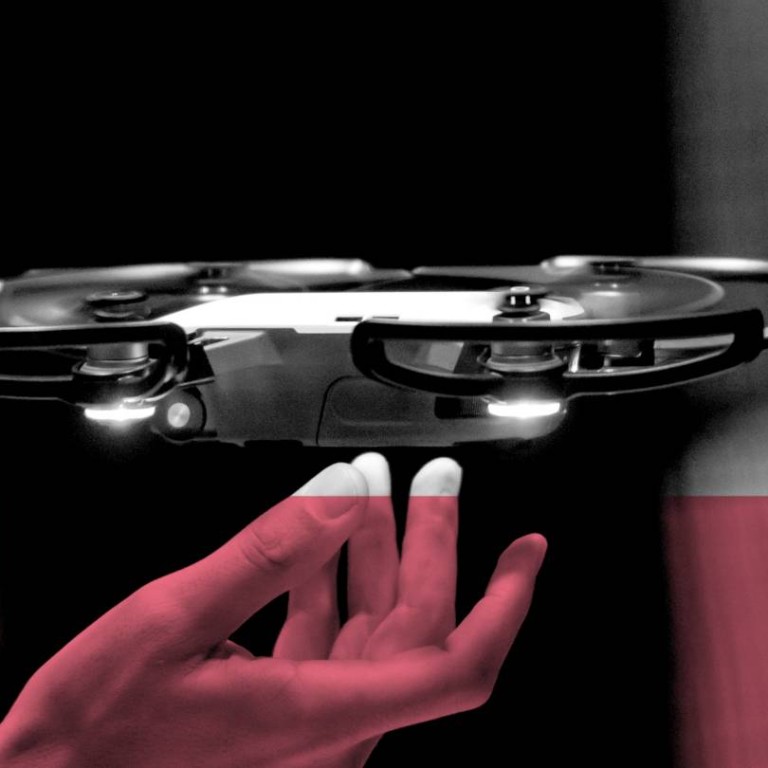
The story of drone pioneer DJI
The world’s leading manufacturer of consumer drones like the Mavic Pro, DJI has launched a string of market hits since the Phantom arrived in 2013. Founded in a Hong Kong dorm room, it’s now based in Shenzhen.
But this rapidly growing new sector, like the Phantom itself, wasn’t made or designed in the United States. Instead, it was a product of DJI, a Chinese startup that is now the world’s dominant maker of consumer drones.
ROAD TO SUCCESS
DJI was founded in 2006 by Frank Wang, a mainland-born student at Hong Kong University of Science and Technology. A model plane enthusiast, Wang started the company with the clear goal of making a flying toy that wouldn’t crash half the time.
At first, the company focused on making drone parts such as autopilot systems and gimbals. But their sights were set on building a complete drone that was ready to fly right out of the box.
WINNING STREAK
While competitors were playing catch-up, DJI kept improving the Phantom, increasing flight time from around 10 minutes for the original to 28 minutes, adding a built-in camera to the drone and a screen to the remote.
DJI also turned to other segments of the market, building expensive drones for professional users, while churning out smaller and smarter models for hobbyists. Following the success of the Phantom series, the company launched the foldable Mavic Pro in 2016 and the Spark in 2017. The latter is DJI’s smallest drone to date, approximately the size of a soda can.
GLOBAL DOMINANCE
With each success, DJI left its rivals further behind. Once relying on GoPro cameras to complement its drones, DJI now makes its own. On the other hand, GoPro’s attempt to sell its own quadcopters failed to make a dent, and the company was forced to pull out of the drone-making business.
Part of DJI’s strength lies in its location. Based in China’s manufacturing hub Shenzhen, DJI is close to its own factories, allowing it to design a part in the morning and build it for testing in the afternoon.
GROWING PAINS
For more insights into China tech, sign up for our tech newsletters, subscribe to our Inside China Tech podcast, and download the comprehensive 2019 China Internet Report. Also roam China Tech City, an award-winning interactive digital map at our sister site Abacus.

